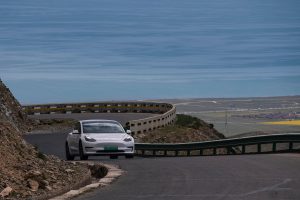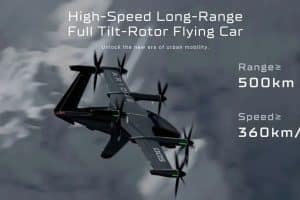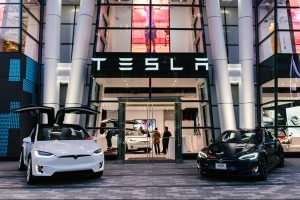Key Points
- 🚀 Tesla and Jeff Dahn have developed a million-mile battery cell for electric vehicles.
- 🧪 The battery research involved collaborations with Dalhousie University scientists and engineers.
- 🔋 Battery longevity strategies, including innovative designs and chemistries, have been developed with Tesla’s partnership.
- 🔄 LFP and NMC battery cell designs were discussed, with NMC outperforming and reaching 19,500 cycles.
- 🚗 The technology’s capability has nearly quadrupled, with 6 million kilometers (3,728,227 miles) achieved.
- ⏳ Consumer use of these batteries might still be a few years away.
- 🔄 NMC batteries with cobalt are being replaced by LFP cells in lower-range Tesla vehicles.
Tesla and Jeff Dahn once teased the development of a battery cell that would last one million miles. For years, Tesla fans, enthusiasts, and those interested in battery technology were heavily invested in Dahn’s research, which led to the idea that the batteries in electric vehicles would outlast the vehicles themselves.
Dahn’s office at Dalhousie University features a lineup of heavy-hitting scientists and engineers who have all worked cohesively with Tesla and its research chair Chongyin Yang.
One of them is Michael Metzger, who has been with Dahn’s lab at Dalhousie since January 2021, when Tesla and the battery research facility renewed their partnership.
Over the years of the Tesla-Dahn partnership, the automaker, as well as the team of engineers, have developed strategies to promote battery longevity. Various patents, like an electrolyte solvent and new revolutionary electrode designs, were geared toward helping battery cells reach thousands of life cycles, enabling one million miles of operation.
In a recent interview with Electric Autonomy, Metzger detailed the various developments that have come from working with Tesla over the past several years. One of the things Metzger shared was the various battery cell designs that the Dalhousie battery team has engineered for Tesla.
Among the designs and chemistries, LFP (lithium iron phosphate) and NMC (nickel manganese cobalt) are two that were discussed during the interview. While LFP is considered second-best, NMC has taken the top spot, according to Metzger.
Initially, it was capable of thousands of cycles, but it now has the capacity to run 19,500 cycles and counting.
“Each cycle is 300 kilometers. So, if it were at 20,000 cycles, it would be 6 million kilometers,” Metzger said in the interview.
6 million kilometers is equal to 3,728,227 miles. The technology has nearly quadrupled in the past few years.
Dahn said in an interview with the Nickel Institute earlier this year that the team had developed and demonstrated batteries that were capable of these massive numbers.
We may be some years away from these batteries being put into a consumer setting. Additionally, NMC batteries feature cobalt, a controversial material that has proven benefits in terms of cell cycle stability.
Automakers are opting for LFP cells in their lower-range vehicles. Tesla transitioned to these packs in Standard Range EVs in 2021.





